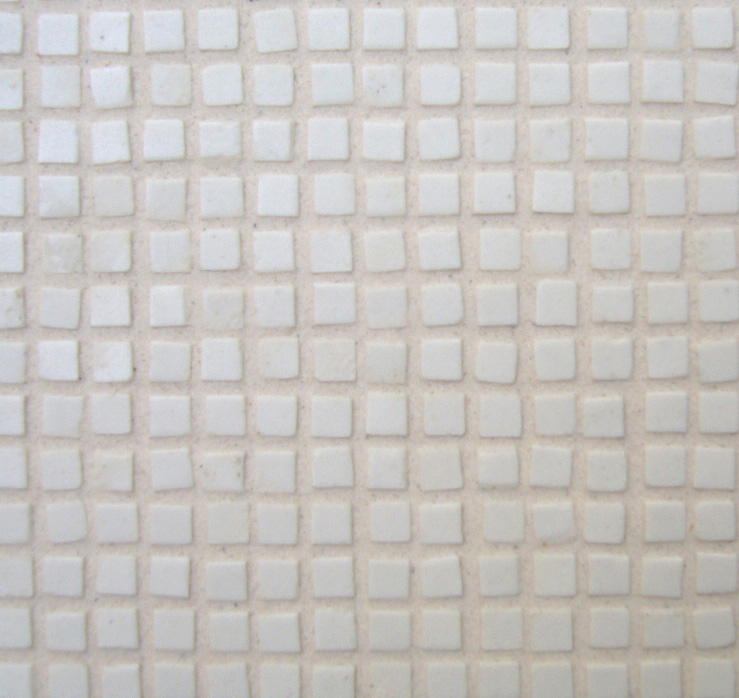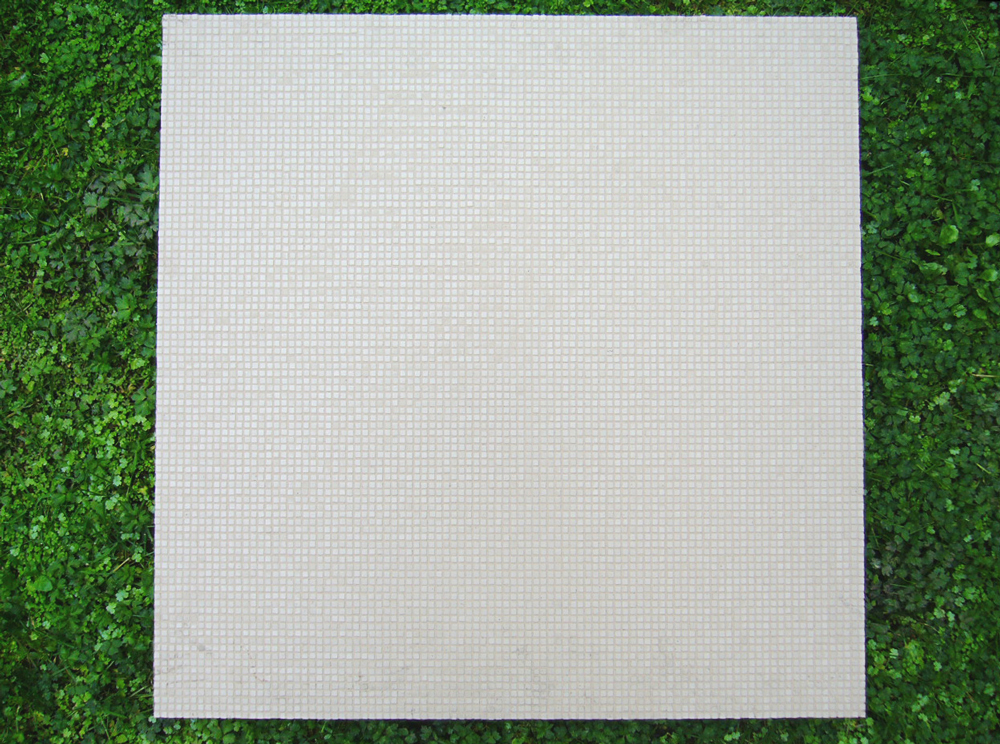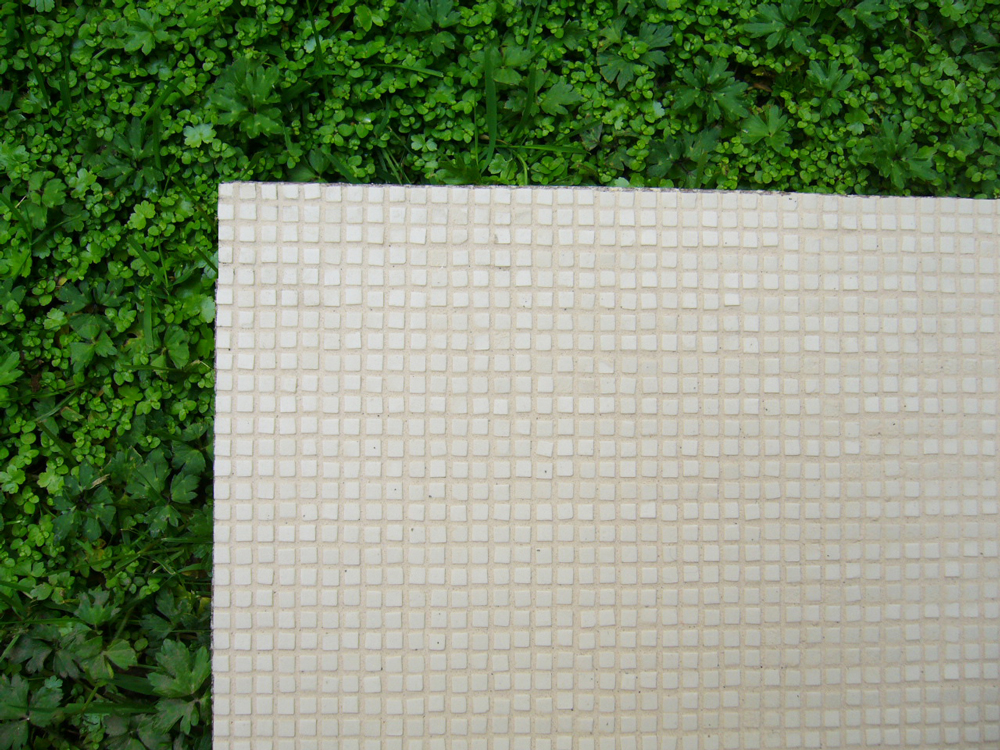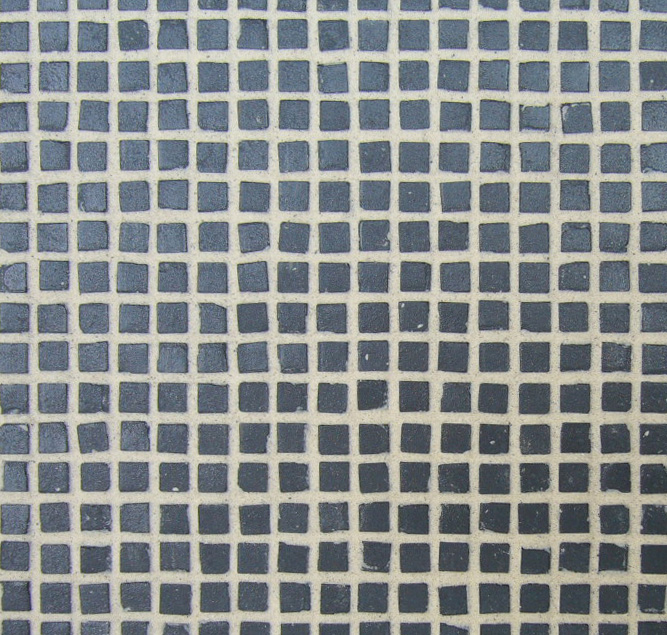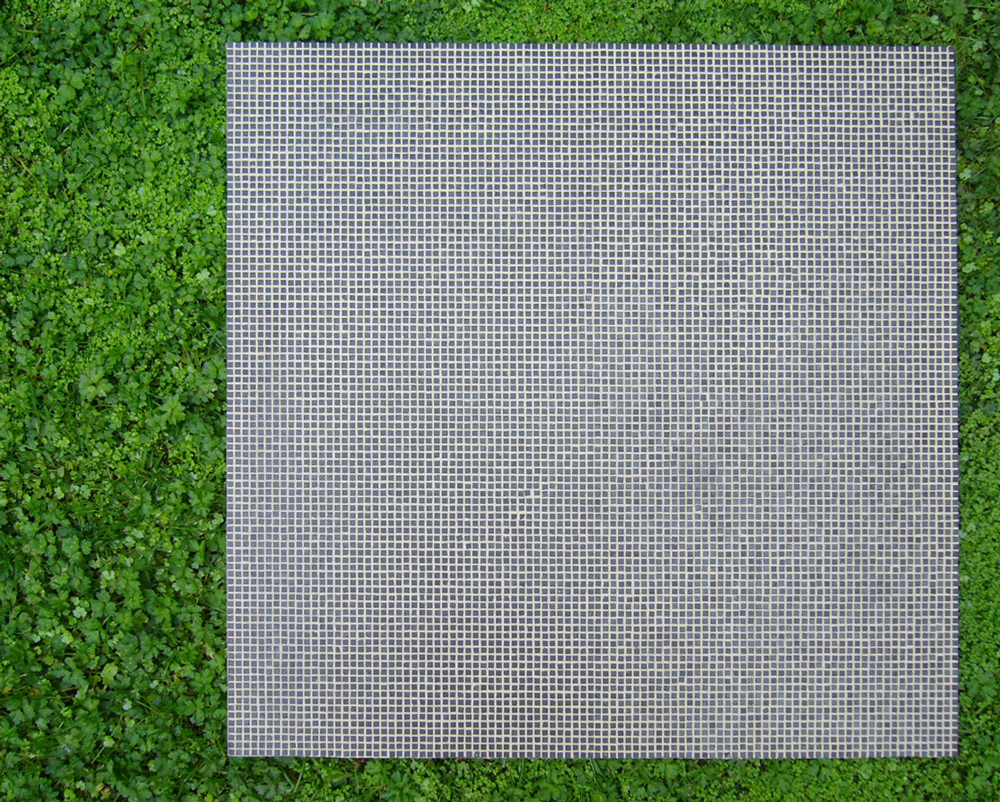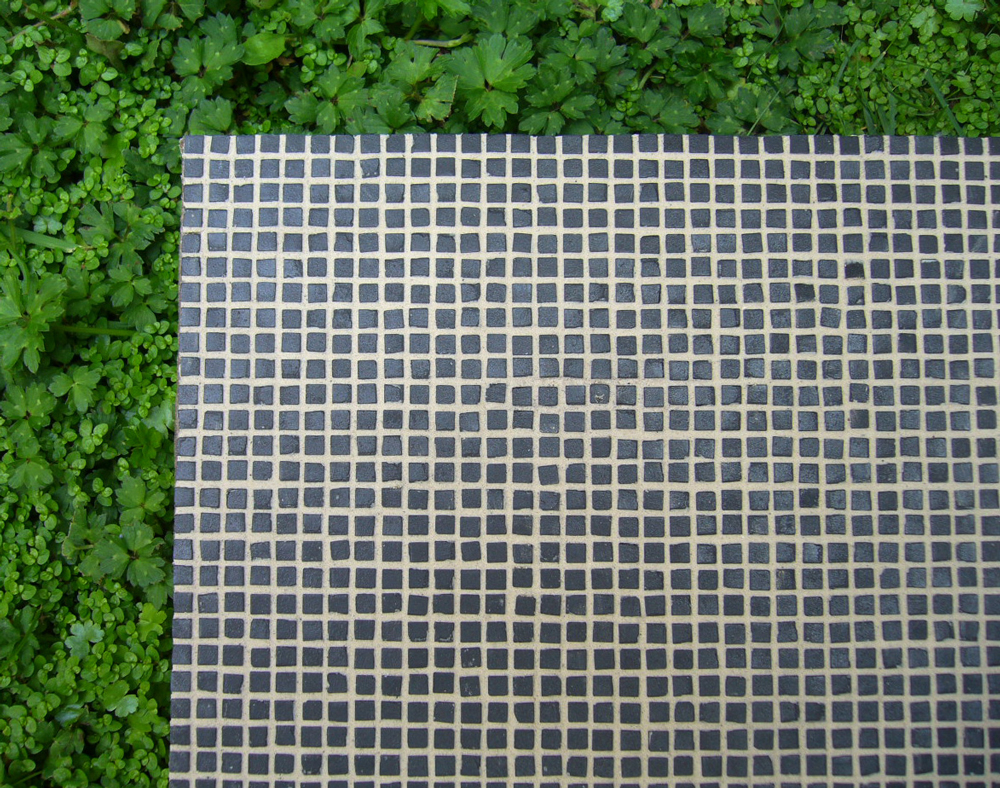I Frammenti
Brix
I never liked the conventional arrangement of ceramic tiles because, through the implication of the join, they communicate the idea of separation, the impossibility of unity.
Seeing the join as a unity between two parts is an illusion. What I find interesting is the immaterial flow of space, energy, water.
It is this fluidity that has inspired me for the collection: ceramics with no design, no graphic, no drawings to express the material in its purity and essence.
I thought of it as a field of fragments in order to give lightness, to take away the heaviness of the material/matter.
I Frammenti
Brix
I never liked the conventional arrangement of ceramic tiles because, through the implication of the join, they communicate the idea of separation, the impossibility of unity.
Seeing the join as a unity between two parts is an illusion. What I find interesting is the immaterial flow of space, energy, water.
It is this fluidity that has inspired me for the collection: ceramics with no design, no graphic, no drawings to express the material in its purity and essence.
I thought of it as a field of fragments in order to give lightness, to take away the heaviness of the material/matter.
I Frammenti
Brix
I never liked the conventional arrangement of ceramic tiles because, through the implication of the join, they communicate the idea of separation, the impossibility of unity.
Seeing the join as a unity between two parts is an illusion. What I find interesting is the immaterial flow of space, energy, water.
It is this fluidity that has inspired me for the collection: ceramics with no design, no graphic, no drawings to express the material in its purity and essence.
I thought of it as a field of fragments in order to give lightness, to take away the heaviness of the material/matter.
